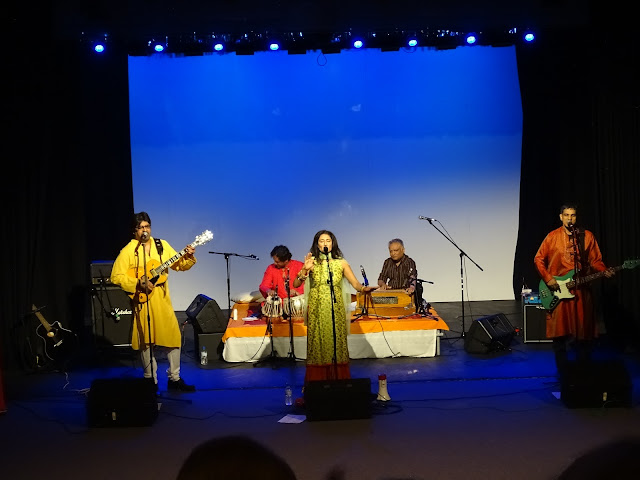The Miracle and Drawbacks of Global Interactions in the Digital Age
This summer, I have met hundreds of students my age from around the world. I now consider as friends citizens of Pakistan and Zimbabwe, Tunisia and the Philippines, Czechoslovakia and Brazil, Sudan and Costa Rica, and countless other countries. The reality of these relationships, in decades past, would have been months or even years of separation, punctuated by perhaps a chance encounter or the occasional reunion. Today, however, I can get in contact with my new friends in seconds. On platforms like Instagram, GroupMe, Snapchat, and WhatsApp, the great distance that has historically characterized intercontinental friendships shrinks to the distance from your hand to your pocket. Thus, we natives of the Internet are separated not by miles and convenience but by our circumstances, our cultures, our surroundings. The shift in the nature of these relationships has resulted in the creation and continuation of long-term friendships, at least for me. But, it has also demanded the use of mediums that often reduce human interaction to something generally devoid of genuine connection, creating a paradoxical situation in which even those with the privilege of accessing these platforms have difficulty navigating the use of them.
Of course, I would hate to give up my ability to talk with my friends who live overseas. At a program I recently completed, I was able to meet up with one of my best friends in the world; he happens to live in Venezuela. A few months prior to our respective programs, which were both at Stanford, we were talking about our summer plans when we realized we would be in the same place at the same time. We were both elated to know that we would be able to see each other after nearly a year of only talking online. Had we not had access to WhatsApp, we very well may have never crossed paths on campus. My use of social media in maintaining international connections is, obviously, not limited to this one fortunate coincidence. I often have long discussions with a group—which is comprised of people from three different countries—that I went canoeing with last summer. I am still keeping in touch with people from the aforementioned program at Stanford, many of whom live in China. And, I can sheepishly admit, many of my friends from Yale Young Global Scholars and I send memes about our countries to a group chat we have, expressing our thoughts through the online standard. All of these examples make clear that these platforms have brought me immense joy. However, for reasons both psychological and emotional in nature, I think the drawbacks to these services are important to consider as well.
Numerous studies have linked the use of social media with depression, anxiety, and other mental health issues. Regardless of the legitimacy of these studies, their findings are fairly intuitive. Endless scrolling on Instagram or Snapchat, where users quite literally curate a volume of pictures of themselves and their friends that they decide are worthy of posting, can clearly create a distorted image of reality. This unrealistic perception of others then colors users’ perceptions of themselves, which can lead to the problems above. Furthermore, texting, direct messaging, and chatting all serve as an odd proxy for real life, resembling yet not truly replacing, say, a meal shared with friends. Therefore, in my experience, these services often serve to remind the user of the distance between them and their acquaintance, inadvertently further alienating people from each other. This dynamic came to the fore this summer, which was the first I had my phone with me as I went off to my various programs or camps. Being able to talk with my family and friends did not quell my feelings of missing them in the slightest. In fact, I felt homesick for the first time in my life a couple months ago even though, during my first year of sleep-away camp at eight years old, I did not feel a twinge after my parents left my sight. Granted, communicating with them offered opportunities that complete isolation did not, but it certainly was more harmful than I expected. Just as I am writing this piece, my friend from Venezuela and I are texting on WhatsApp. But, these exchanges could never replace the conversations we had over Starbucks or chicken wings at Stanford. Though the connections we can make on social media are powerful, I think we should hesitate to invest fully in them and make sure to acknowledge what these platforms cannot do.




Comments
Post a Comment